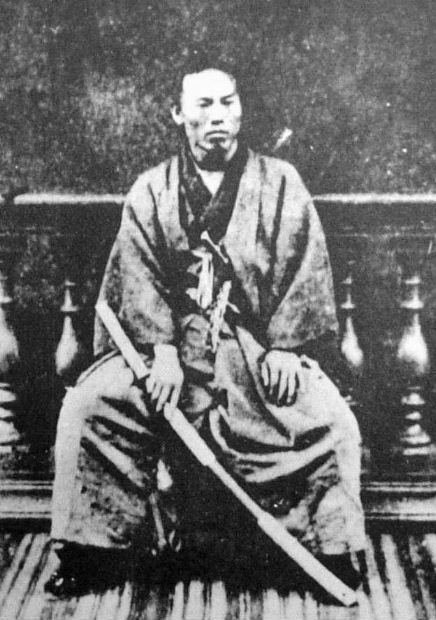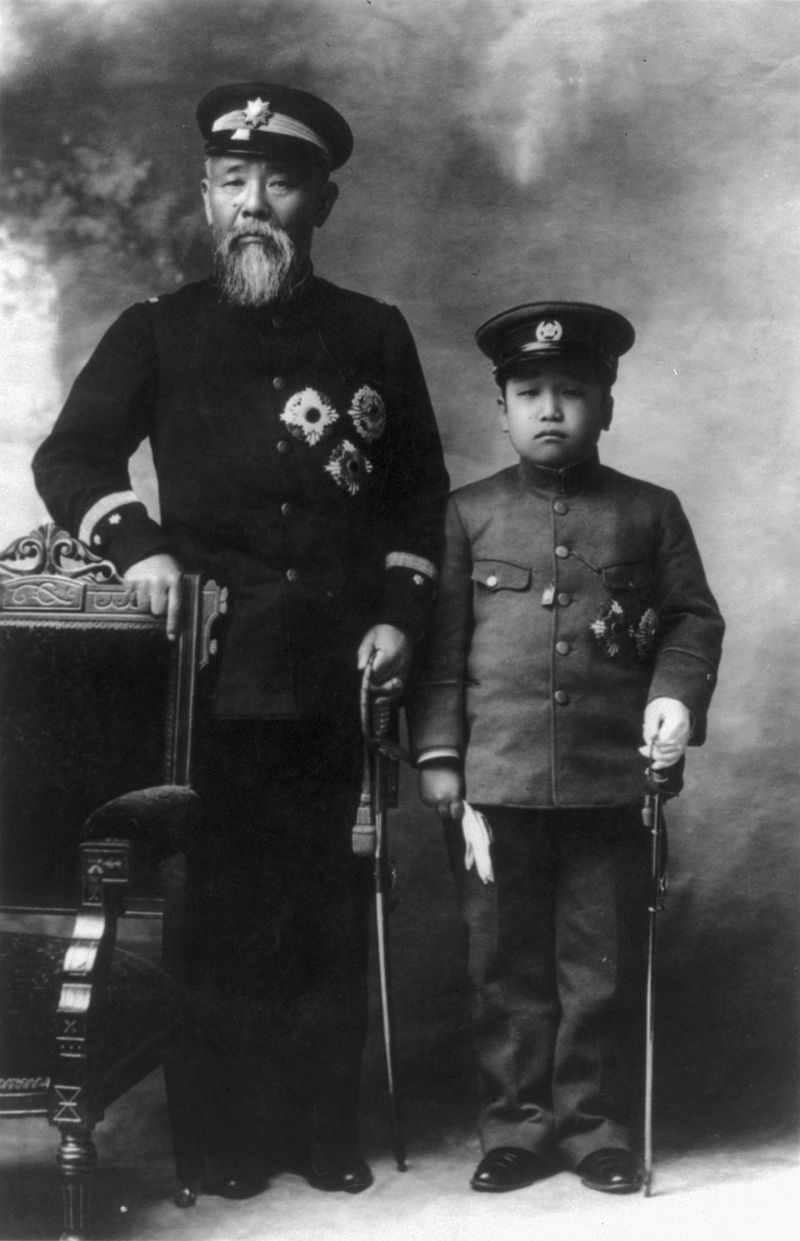Passionate
Terrorist Origin between An Jung Guen and
Hirobumi Ito

Passionate
Terrorist Origin between An Jung Guen and
Hirobumi Ito


"An Jung-geun (Korean pronunciation: [andʑuŋɡɯn]; September 2, 1879 – March 26, 1910; Baptismal name: Thomas) was a Korean independence activist, nationalist, and pan-Asianist.On October 26, 1909, he assassinated Itō Hirobumi, a four-time Prime Minister of Japan and former Resident-General of Korea, following the signing of the Eulsa Treaty, with Korea on the verge of annexation by Japan. An was posthumously awarded the Order of Merit for National Foundation in 1962 by the South Korean government, the most prestigious civil decoration in the Republic of Korea, for his efforts for Korean independence." - An Jung-geun

"Itō was born as
Hayashi Risuke. His father Hayashi Jūzō was the adopted son of Mizui
Buhei who was an adopted son of Itō Yaemon's family, a lower-ranked
samurai from Hagi in Chōshū Domain (present-day Yamaguchi Prefecture).
Mizui Buhei was renamed Itō Naoemon. Mizui Jūzō took the name Itō Jūzō,
and Hayashi Risuke was renamed to Itō Shunsuke at first, then Itō
Hirobumi. He was a student of Yoshida Shōin at the Shōka Sonjuku and
later joined the Sonnō jōi movement ("to revere the Emperor and expel
the barbarians"), together with Kido Takayoshi." Itō Hirobumi
Ito also participated with Shinsen-Gumi, the most famous shogunate Terrorist group, and he took part in assacinete attacks agaist the anti-Tokugawa shogunate activists.
"Itō was chosen as one of the Chōshū Five who studied at University College London in 1863, and the experience in Great Britain convinced him Japan needed to adopt Western ways. In 1864, Itō returned to Japan with fellow student Inoue Kaoru to attempt to warn Chōshū Domain against going to war with the foreign powers (the Bombardment of Shimonoseki) over the right of passage through the Straits of Shimonoseki. At that time, he met Ernest Satow for the first time, later a lifelong friend."
"In November 1905, following the Russo-Japanese War, the Japan–Korea Treaty of 1905 was made between the Empire of Japan and the Empire of Korea,[11][12] making Korea a Japanese protectorate. After the treaty had been signed, Itō became the first Resident-General of Korea on December 21, 1905. In 1907, he urged Emperor Gojong to abdicate in favor of his son Sunjong and secured the Japan–Korea Treaty of 1907, giving Japan its authority to control Korea's internal affairs." - This was dicrectly the reason why Ito was assassinated by An Jung-geun.
"An was posthumously awarded the Order of Merit for National Foundation in 1962 by the South Korean government, the Chairman of the Supreme Council for National Reconstruction Park Chung-hee (1917-1979), the most prestigious civil decoration in the Republic of Korea, for his efforts for Korean independence" - An Jung-geun

Prince Itō and the Crown Prince of Korea
Yi Un (1897-1970).

Park as a South Korean brigadier general in 1957
On the youth of Park Chung-hee (1917-1979)
"As a youth, he won
admission to a teaching school in Daegu and worked as a teacher in
Mungyeong-eup after graduating with a teaching degree, but was
reportedly a very mediocre student.[5] Following the outbreak of the
Second Sino-Japanese War, the ambitious Park decided to enter the
Changchun Military Academy of the Manchukuo Imperial Army, with help
from Imperial Japanese Army Colonel Arikawa (a drill instructor at the
teaching school in Daegu who was impressed by Park's military
ambitions). During this time, he adopted the Japanese name Takagi Masao
(高木正雄).[7] He graduated top of his class in 1942 (receiving a gold
watch from the Emperor Puyi himself) and was recognized as a talented
officer by his Japanese instructors, who recommended him for further
studies at the Imperial Japanese Army Academy in Japan.[5] After
graduating third in the class of 1944, Park was commissioned as a
lieutenant into the Manchukuo Imperial Army, and served during the
final stages of World War II as aide-de-camp to a regimental commander.
He changed his name again from Takagi Masao to Okamoto Minoru (岡本実) in
order to engage in intelligence activities against Korean guerrillas
operating in the region. The Japanese used Korean turncoats to suppress
Korean armed resistance.[8][9]"
クレジット:池田光穂「伊藤博文と安重根におけるテ
ロリズムへの情熱の淵源について」
リンク
文献
その他の情報